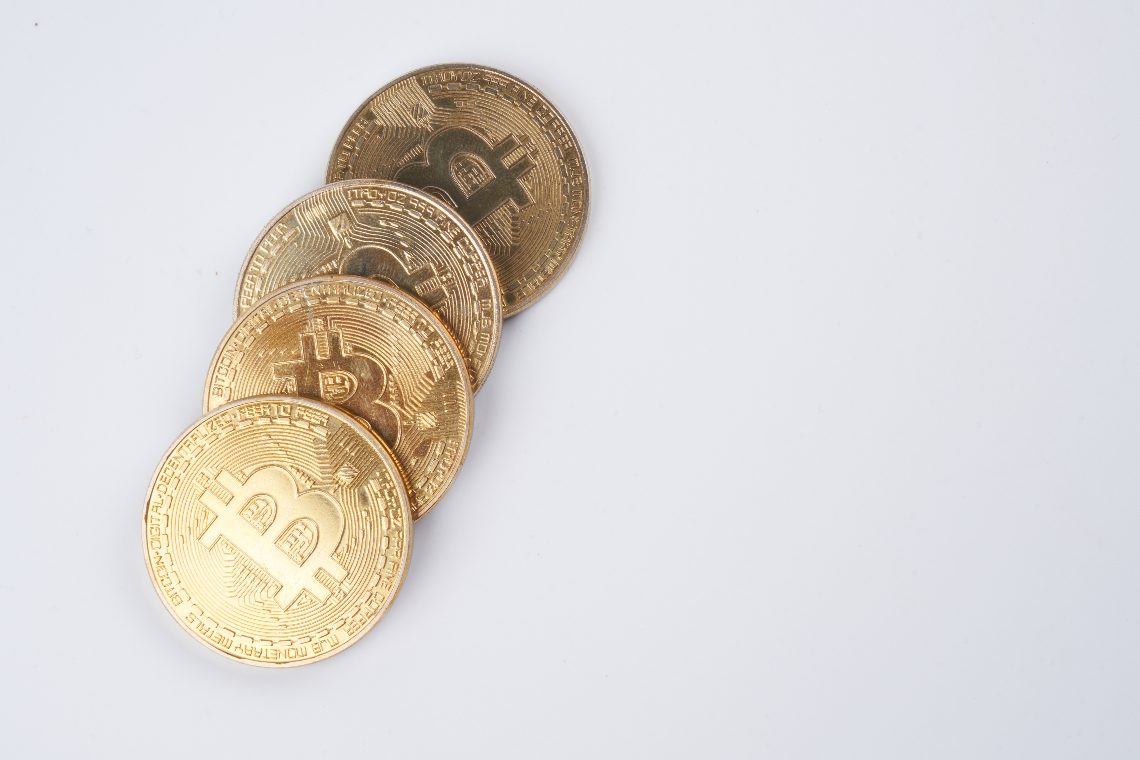Bitcoin has an ironclad monetary policy that has a cycle of about three years and ten months. Its line is decidedly mundane and entails that the miner who manages to mine a block is granted the right to create BTC out of thin air. Since May 2020, we have been in the midst of Bitcoin’s fourth era.
Starting in January 2009, the prize was the power to mint 50 BTC from scratch, but every 210,000 mined blocks the prize is halved.
Since the Bitcoin protocol tries to keep the average time between the mining of one block and the next at around 10 minutes, every four years the number of BTC received by those who succeed in mining a block is automatically halved.
However, to be precise, so far on average it has only taken about 3 years and 10 months, instead of 4 years, to mine 210,000 blocks, so each epoch has lasted less than the estimated time.
Bitcoin’s first epoch began in January 2009, with 50 BTC awarded to those who could mine a single block.
When Bitcoin fourth era began
Block number 210,000 came in November 2012, when the first halving of the prize for miners took place. Starting in November 2012 the miner who managed to mine a single block was effectively given only 25 BTC created out of thin air, kicking off the second era of Bitcoin.
This ended in July 2016, when the third era of Bitcoin began with the 420,000th block. The reward for mining a block was halved and became 12.5 BTC. The last halving took place in May 2020, with the 630,000th block, and the reward was reduced to 6.25 BTC.

It has now been over a year since Bitcoin’s fourth era began, which will end at block number 839,999. If the pace of about 3 years and 10 months to mine 210,000 blocks is maintained, the next halving should take place around March 2024.
The curious thing is that, so far, the maximum price of each epoch has exceeded the maximum price of the previous epoch, seeing that until November 2012 the maximum price of the first epoch had been around $15, while the maximum price of the second epoch was $1,156, that of the third was $20,089, and that of the fourth epoch (ongoing) is currently $64,804. However, there are still about two and a half years to go before the fourth epoch concludes, so that the maximum price would be higher.
Bitcoin Cycles
The trend emerges most clearly by graphing the BTC price curve in a spiral that runs through a space divided into four-year cycles.
#Bitcoin price – spiral pic.twitter.com/fcqgQKJP8B
— Agama Point (@AgamaPoint) August 3, 2021
This spiral gives some clarity to the so-called “halving cycle” of Bitcoin, from a price perspective, and the four epochs that have followed so far. To date, never in any epoch has the price at a given time fallen below the level it had at the same time in previous epochs, effectively drawing an upward spiral.
It should also be noted that the highest prices of all epochs were reached at the end of the year, between November and December, and in both cases of the only two epochs between one halving and the other (2012-2016 and 2016-2020) the maximum peaks were reached between November and December of the year following the halving, i.e. in 2013 and 2017 respectively.
Should such a pattern be repeated, the peak price of the current fourth epoch could occur between November and December of this year, 2021.
The post Bitcoin: have we arrived in the fourth era? appeared first on The Cryptonomist.





















